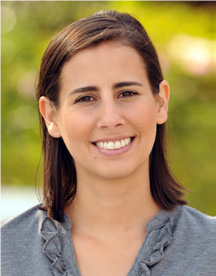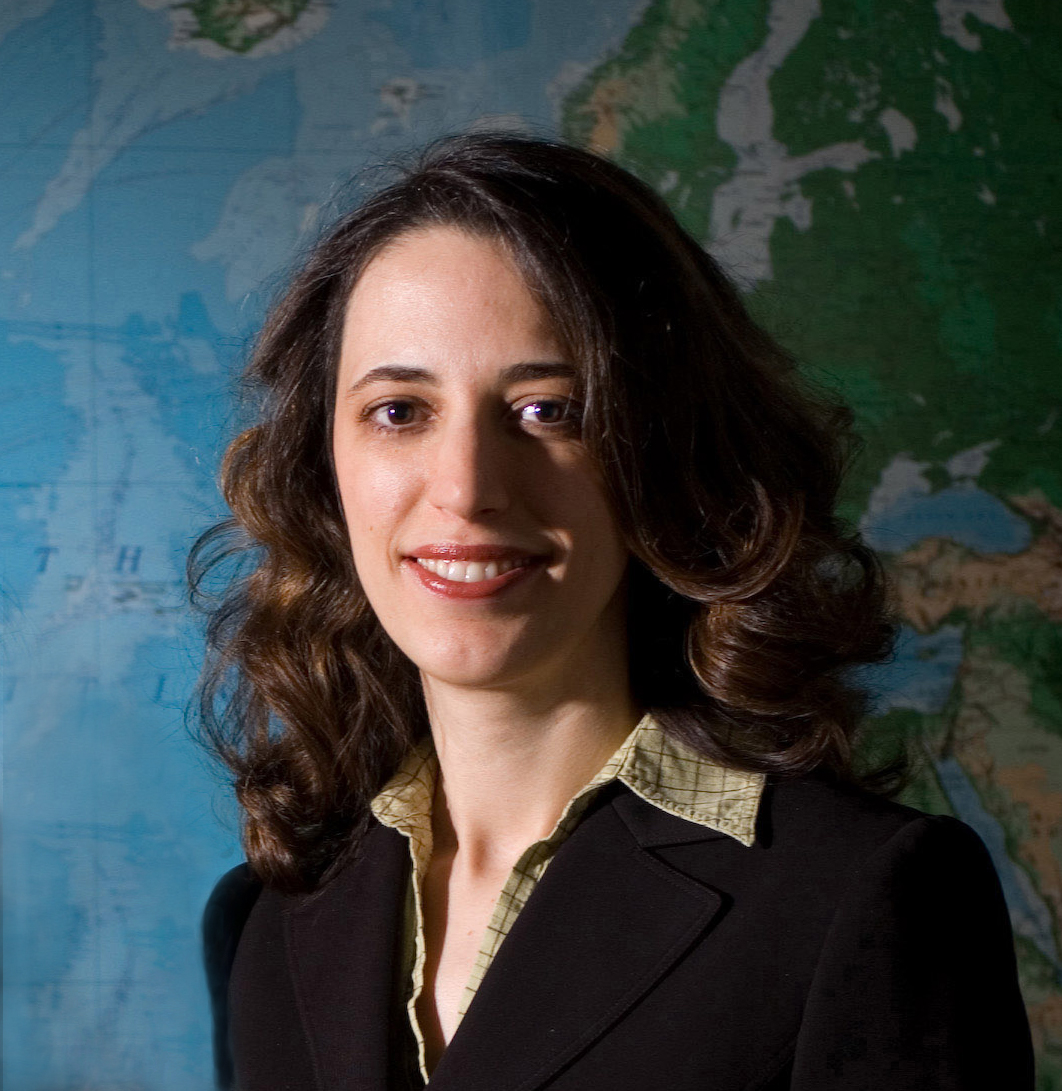In developing countries, health care workers (HCW) — doctors, nurses, pharmacists, and dentists — are as precious a commodity as gold. As Dr. Mark Rosenberg, former president and CEO of the Task Force for Global Health (TFGH) pointed out in a 2015 blog article, “In Mozambique [for example], where life expectancy is only 50 years, HCW shortages are particularly pronounced. Fewer than 1,500 doctors serve a population of 25.2 million.”
To deal with the problem of HCW shortages, the TFGH, the Centers for Disease Control and Prevention (CDC), and the Mozambique Ministry of Health (MOH) joined forces. Involving a team from Georgia Tech in their efforts, they jointly developed a solution, called the Workforce Allocation Optimization Tool.
Currently, alumna of the Stewart School of Industrial & Systems Engineering (ISyE) at Georgia Tech, Sheereen Brown (BSIE 12, MSHS 14) serves as a business analyst for the Public Health Informatics Institute (PHII), a program of TFGH. She works with a team leading the implementation of the tool in Mozambique, while also rolling it out in Tanzania and Zimbabwe. What makes the tool particularly special is that for the first time, HCW placement preferences are taken into account.
“Previously, in Mozambique, there was a very top-down approach to allocation, without any data to drive that process,” said Brown. “There was no preference data from the HCWs — nobody got a say in where they went.”
The problem with this approach is that once HCWs were placed somewhere, they would immediately apply for a transfer so they could go to a district of their choice.
In December 2015, Mozambique’s MOH put the allocation tool in place to great success. By asking HCWs their top three preferences for placement within the country, over 75 percent of HCWs were satisfactorily placed in one of their top three preferences.
The tool’s initial beginnings were in an ISyE special projects class led by Pinar Keskinocak, who holds ISyE’s William W. George Chair. According to Keskinocak, developing the allocation tool was exactly the sort of problem tackled in ISyE. A conversation with Vivian Singletary (BSIE 95), an ISyE alumna who directs the PHII, led to giving two students in the special projects class the assignment of conceptualizing the allocation tool. Then-Tech undergraduate Emily Gooding (BSPFE 14) and master’s student Colleen Hinojosa (MSSCE 14) developed a preliminary model of the workforce allocation optimization tool for their class project. The goal behind the allocation tool’s creation was to address the question of how HCW demand could be met while improving the workers’ sense of satisfaction in their geographical placement.
After the special projects class ended, ISyE Ph.D. student Monica Villareal (IE 15), who had prior experience developing other similar decision-support solutions, worked with TFGH to further develop the tool. Villareal explained, “They needed a more robust tool.” This included reprogramming the tool to meet specific requests on the part of the Mozambique MOH, as well as testing actual data and comparing results from the initial model to the HCW actual allocation. This measured the benefits of the model. In addition, Villareal ran different scenarios to test different model data input settings, such as giving increased weight for regions with higher HIV rates.
Once Villareal completed her Ph.D. work and joined the Denver Public School System as a Senior Analyst, further implementation of the allocation tool then passed to Brown.
After graduating with her master’s degree in health systems, Brown was looking for a meaningful way to apply her IE skills and found the right environment at PHII. “In this role, I am at the intersection of people in public health; the processes and work that are done in public health; and the technology knowledge used to accomplish that work,” she said.
“ISyE teaches you to be a process thinker and to understand the critical path for how important work is accomplished. My public health colleagues are brilliant: They’re scientists, they’re doctors, they’re nurses, and they’re thinking about tackling the health side. They’re thinking about what combination of antibiotics someone with a particular disease should receive, or how many rounds of vaccine a child may still need.
“They’re not necessarily thinking about how to improve their overall processes to make them more efficient, so they can do more for more people. That’s where my team comes in.”
The Excel-based allocation tool — specifically designed this way so developing countries don’t have to spend a lot of money on expensive specialized software — tackles the HCW allocation problem from two sides: where the need is greatest and where workers want to be placed. Brown described the tool as “a way to solve the health care supply chain problem.”
“The allocation tool uses one of ISyE’s shining stars — optimization — to understand how to place this very scarce resource population [HCWs] around the country to serve the most people with the most need,” said Brown.
“It looks at population distribution across the country, the health need burden of those different populations — whether there’s a high HIV or malaria prevalence — and the demand that’s precipitated by that population. And a critical key to its success is that it also takes into account the preferences of the HCWs that it’s allocating.
“If it was just a matter of money, then these countries would hire a lot of HCWs and put them all over the country,” said Brown. “But some of these nations have financial constraints, so the allocation tool helps to put nurses, doctors, midwives, and pharmacists in the places that will have the highest impact, and places where they’ll also have a higher rate of satisfaction in that community.”
The next step is looking at the retention rate of the precious resource comprised of HCWs, based on use of the allocation tool. While official results are not in, the preliminary results look very promising.


